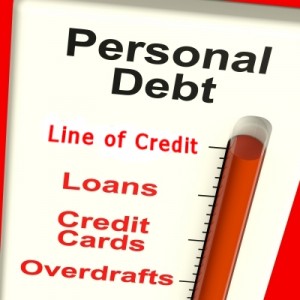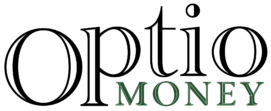Personal loans are also called Unsecured loans or signature loans because the lender relies entirely on the borrower’s promise to pay it back and has no recourse to specific assets. In the event of the bankruptcy of the borrower, secured creditors will have first claim on the pledged assets and the unsecured creditors will have a general claim on the remaining assets of the borrower. The unsecured creditors will generally recover a smaller proportion of their claims than the secured creditors.
 Due to the increased risk involved, interest rates for unsecured loans tend to be higher. Lenders will often base the interest rates charged on your Credit rating. Those with a record of making payments on time and taking their obligations seriously will have a higher credit rating and thus pay lower interest rates.
Due to the increased risk involved, interest rates for unsecured loans tend to be higher. Lenders will often base the interest rates charged on your Credit rating. Those with a record of making payments on time and taking their obligations seriously will have a higher credit rating and thus pay lower interest rates.
The main types of personal loans are:
- Credit cards
- Medical Loans (directly from the provider or hospital)
- Line of Credit
- Payday loans or Cash advances
- Overdrafts
Some personal loans like those on credit cards have a minimum payment attached to the line of credit. This minimum payment often covers the interest charged and a small token payment toward the principal and so they can continue almost indefinately but there is no penalty for paying off the loan early as there is no fixed repayment schedule. At the other end of the time spectrum are payday loans and cash advances that are typically due on your next payday often within a week or two. These types of loans often charge a “fee” rather than interest because the interest rate is so high it would be illegal and considered loan-sharking. On other unsecured personal loans such as hospital bills the principal and interest may be distributed evenly across a fixed number of payments. Unsecured loans are often more expensive and less flexible than secured loans, but suitable if the borrower needs a short-term loan (one to five years).
In the UK there are hundreds of different unsecured loans to choose from, so comparison tables have become a popular way of finding out about the different options available. In 2006, according to the Bank of England, 22% of UK households had some unsecured debt with a further 21% having both secured and unsecured debt.
In contrast to unsecured loans, in a secured loan the borrower will offer some form of collateral that can be seized in the event of a default. Examples of a secured loan or “note” are:
- Mortgages
- Car Title Loans
- Pawn Shops
- See Also:
- Rebuilding and Fixing Your Credit in 5 Steps
- 8 Ways to Stick to Your Financial Resolutions
- Financial Jargon – Investment Terminology for Beginners
- Mortgage Jargon
- 5 Good Reasons To Get Title Insurance
Recommended by Amazon:
- The Total Money Makeover: A Proven Plan for Financial Fitness by Dave Ramsey
- Women & Money: Owning the Power to Control Your Destiny Suze Orman
- The Road to Wealth Suze Orman
- Rich Dad Poor Dad: What The Rich Teach Their Kids About Money That the Poor and Middle Class Do Not!
- Rich Dad’s Increase Your Financial IQ: Get Smarter with Your Money
- How to Get Rich: One of the World’s Greatest Entrepreneurs Shares His Secrets
- The Millionaire Fastlane: Crack the Code to Wealth and Live Rich for a Lifetime
Image courtesy of Stuart Miles / FreeDigitalPhotos.net
